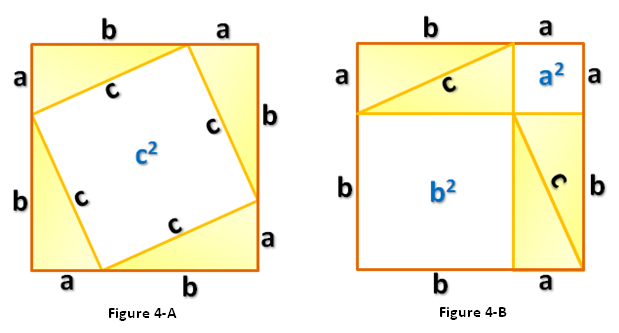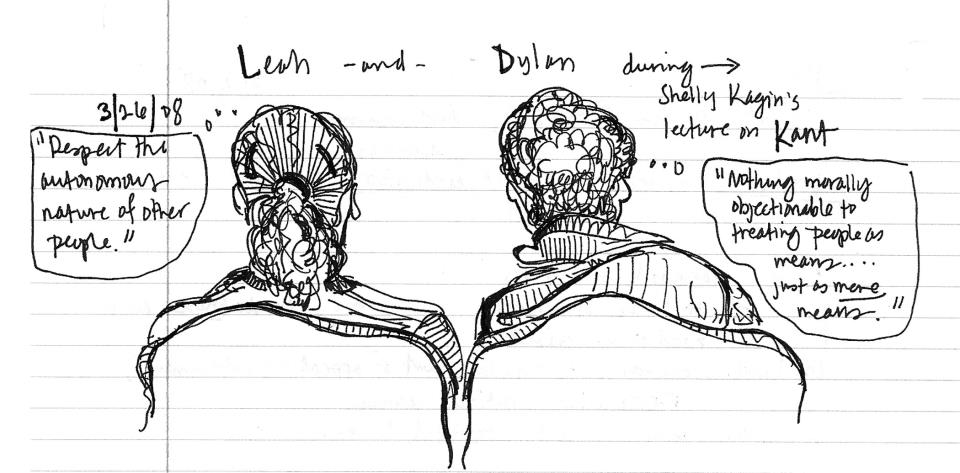Adam Lee, author of Daylight Atheism, has just gotten into an argument with Peter Hitchens over Divine Command Theory. Peter Hitchens contends:
“For a moral code to be effective, it must be attributed to, and vested in, a nonhuman source. It must be beyond the power of humanity to change it to suit itself.”
Adam responded in two posts, the first titled “There Is No Non-Human Moral Authority” and a second responding to comments Hitchens made in-thread. I think I disagree with both the guys in this argument, but I’m a little worried that my dispute with Adam might be definitional, so let me try to lay out my position as clearly as possible (and with as many math analogies as I can). Here’s Adam’s position:
The fatal flaw in this position is that, contrary to your confident presumption, there is no non-human moral authority. Every religious book is written, edited, and printed by humans. All moral opinions, interpretations, and proclamations are human opinions. If there were a huge, glowing set of tablets with commandments engraved on them that descended from the sky accompanied by angels blowing trumpets, and the choice was between following those or making up moral laws on our own, we’d be having a very different debate; but there is no such thing. All moral laws are humanly produced. The question is which set of human-created laws we should follow and why.
I agree with Adam that there isn’t a non-human agent we can consult on moral issues (no oracle or book of cheat codes), but I disagree strongly that all moral law flows from human opinion. Human writings are attempts to describe and summarize moral obligation, just as mathematical theorems describe relationships between transcendent objects and biology gives good-enough approximations of how things work at the scale of cells, allowing us to ignore atoms and quantum whatsits. All of these are human-constructed maps of territories that already exist and are more complex and detailed than we are up to dealing with on a day to day basis.
(It might be a good idea to pop over to Less Wrong for a moment and check out Yudkowsky’s essay on confusing the map for the territory: “Fallacies of Compression“).

A Divine Agent isn’t required to conceive of moral law as non-contingent on human descriptions. Accepting this fact shouldn’t be a problem for any atheist who happily accepts that the Pythagorean theorem was true before Pythagoras and would be true even if humans hadn’t ever come down from the trees. Just as mathematicians can refine and revise their descriptions of the properties of mathematical object, philosophers can revise their description of moral law.
The upshot is that the question we’re trying to answer is not “Which set of human-created laws we should follow and why?” but “Which set of human-created approximations to Moral Law is most accurate, and how do we check?” There’s a bonus question, too, which is “How fine-grained an approximation of Moral Law do I need to be able to choose actions correctly?”
I stuck by Kantianism for a long while, and although my read of it had some serious, dangerous flaws, “Treat other people as ends-in-themselves” is a pretty good big picture encapsulation of your moral obligations. And a lot of the time, you don’t need to do any intellectual heavy lifting to see your duty clear. When you’re not sure which people count as people or you’re not sure whether a certain act means treating someone as a mere means, then it’s time to drill down and find or invent a more zoomed-in ethics. But all of this is still an attempt to better describe something that already exists independent of human portraits of it. And you can play around with High Energy Theoretical Ethics if you want to fill in some of the “Here Be Dragons” regions, but that level of detail won’t be necessary for most folks.
But whether your moral map is highly detailed or a set of broad principals, whether you’re mostly on the money or dangerously misguided, and whether you think of it as universally binding or wholly subjective, it’s still a human-made map of a human-independent territory.













